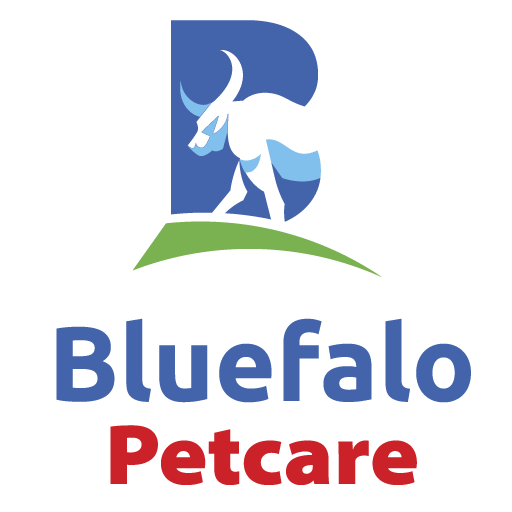
Checklist: Do you pets drink enough water?
WATER is a crucial component of living cells and essential for the health of an organism. If your dog does not receive adequate water, it can lead to dehydration, affecting the body’s systems and causing them to malfunction. This is why it’s important to regularly clean and refill your dog’s water bowl every day. Additionally, if your dog is drinking more or less water than usual, it could be a sign of illness. So, how much water should a dog normally drink?
How much water do dogs need?
There are several methods to determine the amount of water each dog needs, but generally, a dog should drink about 1 ounce (or 1/8 cup) of water per pound of body weight each day (equivalent to about 65.2 milliliters per kilogram of body weight daily). However, various factors can influence the amount of water your dog consumes such as level of activity and temperature, so it’s important not to restrict your dog’s water intake. Instead, ensure that your dog has access to fresh, clean water every day.”
Why might your dog sometimes drink less or more water than usual?
They eat wet or homemade food
Pets fed wet food or homemade meals often receive a portion of their water intake from their food, as these types of food typically contain about 65-80% water. You may notice that your dog drinks less water when consuming these, compared to when they are on a diet of solely dry kibble, which does not provide as much moisture.
Your dog may have health conditions
If your dog is suffering from hidden illnesses or experiences mobility issues or pain, they might not drink as much water as they should. Consult your veterinarian to determine why your dog isn’t drinking enough water and to learn how you can help them.
Your dog might be hot or have just exercised
Depending on the temperature and your dog’s level of physical activity, you might need to provide more water. If the temperature in your home is high or if your dog is very active, they will need additional water to compensate for the loss of fluids through rapid breathing and excessive salivation.
What would happen if my dog is dehydrated?
Many vital functions of the body require water, so a lack of adequate hydration can lead to illness in dogs. Continuous dehydration can start to damage internal organs, and prolonged dehydration can cause organs like the kidneys and liver to stop functioning, potentially leading to death.
In general, healthy dogs will drink enough water daily to avoid dehydration. However, there are situations where dogs may become dehydrated, and some dogs are at a higher risk. For example, dogs with kidney disease, metabolic abnormalities (like diabetes), cancer, or those that are pregnant/nursing may have higher water requirements and are more susceptible to dehydration due to their increased needs.
Testing whether your dog has dehydration
Testing on the skin
- Gently Pinch the Skin: Find the area between the shoulder blades of your dog and gently pinch the skin. Lift the skin slightly, then release.
- Observe the Reaction: Watch how the skin returns to its original position. Normally, the skin should snap back quickly. If the skin returns slowly or stays tented for a moment before settling back down, this could be a sign of dehydration.”
Other signs of dehydration
- Gums: If they appear dry, sticky, or pale instead of being pink and moist, it may indicate dehydration.
- Eyes: Dogs suffering from dehydration may have dry eyes and their eyes may appear sunken.
- Nose and Mouth: A dry nose and mouth are also signs of dehydration
What should I do if my dog drinks too much water?
If you notice that your dog is drinking or urinating more than usual, you should inform your veterinarian. This could be indicative of several underlying conditions, as many diseases present with these symptoms.
A thorough physical examination along with blood or urine tests can be conducted to assess the hydration levels in the body. You should continue providing an ample amount of water, by measuring the amount you put in the bowl and the amount left at the end of the day, including water added to your dog’s food. This will help you estimate the total amount of water your dog consumes.
How often should you clean their water bowl?
Water and food bowls should be cleaned daily with soap and water. Since these bowls come into contact with your pet’s food and saliva, they can be breeding grounds for bacteria. Water bowls should have a smooth surface and be easy to clean, without any cracks or scratches where bacteria can hide and grow.
If you are concerned that your dog is not getting enough water to maintain their health, or if they are drinking excessively, it’s important to consult a veterinarian for advice. Maintaining the right level of hydration in your dog is crucial for their health and should not be overlooked.
Reference: https://www.petmd.com/dog/nutrition/evr_dg_the_importance_of_water






